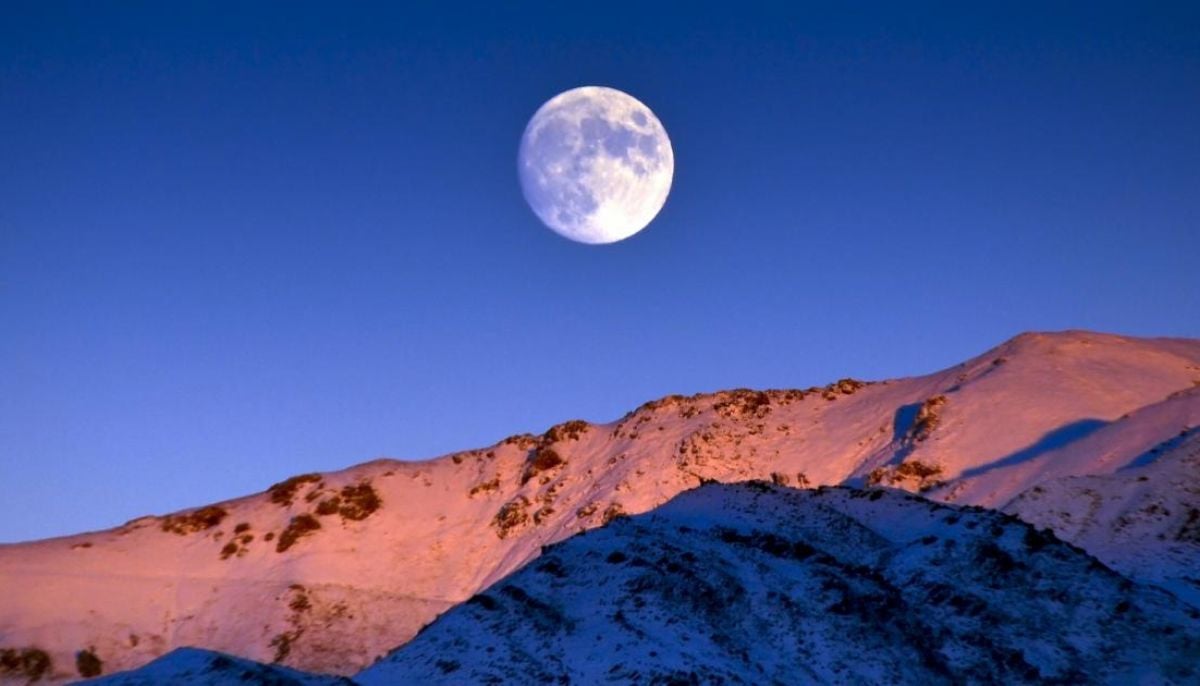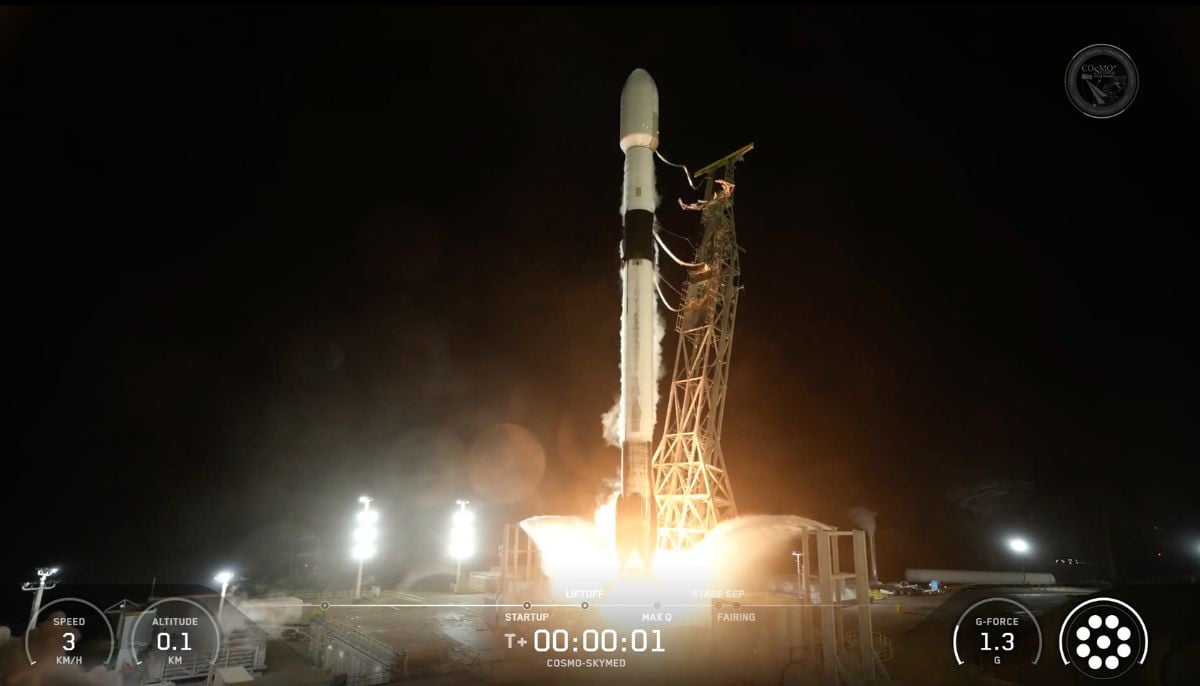How to view annual Orionid meteor shower as it peaks?
Mesmerising meteor display sets night sky alight every year as Earth passes through meteoroids left behind by Halley's Comet
The National Aeronautics and Space Administration (Nasa) has left stargazers in a frenzy as it revealed that the annual Orionid meteor shower will soon illuminate the night sky.
The United States-based space agency encouraged star gazing enthusiasts to keep their eyes peeled for dazzling meteors and fireballs late during the night between Sunday and Monday as this is when the Orionids are expected to reach their peak.
What makes this meteor shower particularly special is that it is just one of the several astronomical events this month, which also includes rare Northern Lights sightings, a once-in-a-lifetime comet, and the year's brightest supermoon, according to Axios.
However, if anyone happens to miss this spectacular show, there's no need for concern; the Orionids are an annual occurrence at the end of October.
This mesmerising display sets the night sky alight every year when the Earth passes through meteoroids left in the wake of Halley's Comet, making it one of the most beautiful meteor showers to witness throughout the year, according to Nasa.
The American Meteor Society said that the meteor shower will be active until November 22.
It is important to note that the best time to view Orionid meteor shower depends on how clear the skies are.
"Depending on clear skies, the best time to see Orionid meteors is late night-early mornings on both Sunday and Monday," Nasa said. "They should be viewable after midnight through before dawn on the mornings."
While clear, night skies may help people view the meteors, Nasa warned that the bright moon might make it difficult to see the meteor shower.
Additionally, the space agency Bill Cooke advises stargazers to find an area well away from the city or street lights.
"Come prepared with a blanket. Lie flat on your back and look up, taking in as much of the sky as possible," said Cooke, who leads Nasa's Meteoroid Environment Office in Huntsville, Alabama.
"In less than 30 minutes in the dark, your eyes will adapt and you will begin to see meteors," Cooke added.
-
Watch: Beautiful northern lights dazzling over Greenland's skies
-
Wildfires are polluting our environment more than we thought: Find out how
-
3I/ATLAS flyby: Why is Jupiter’s 96th Moon drawing intense scientific interest?
-
NASA spacewalk 2026: Medical issue prompts rare talk of early ISS crew return
-
Comet 3I/ATLAS: Scientists examining images they cannot easily explain
-
Wolf Moon 2026: Will the full moon outshine the Quadrantid meteor shower?
-
SpaceX mission 2026: The Italian radar satellite takes its first orbital flight
-
Solar Eclipse 2026: When and where Europe will see total eclipse












